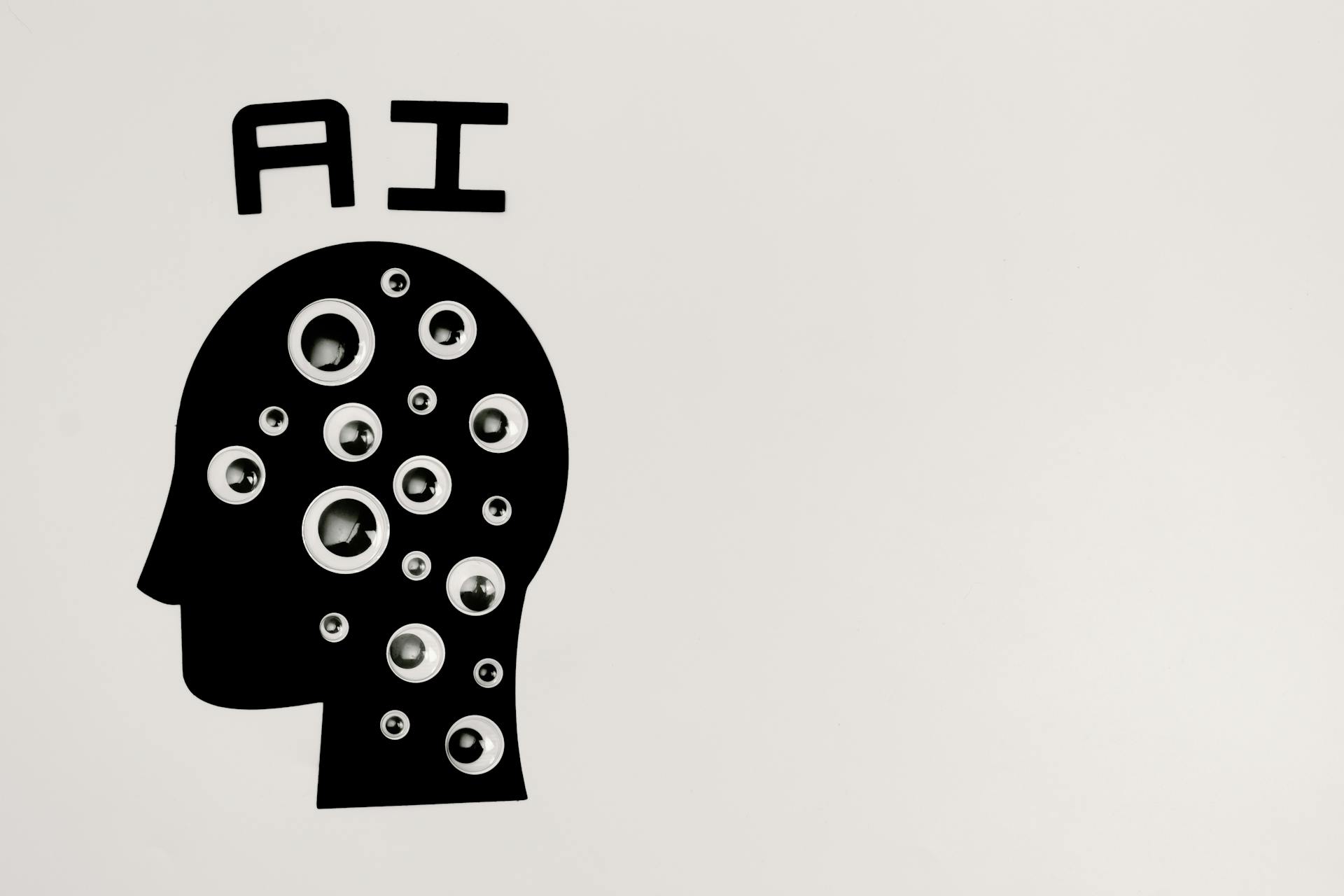Imagine knowing exactly what your customers want before they do—a world where marketing campaigns are so precise, they feel almost magical. In today’s data-driven world, this isn’t science fiction; it’s the power of predictive analytics fuelled by artificial intelligence.
Predictive analytics is revolutionizing marketing by harnessing historical data to forecast future trends. It enables businesses to make informed decisions, from understanding customer behaviour to crafting hyper-personalized campaigns. But what truly takes predictive analytics to the next level is artificial intelligence.
AI supercharges this process by analysing massive datasets in real-time, identifying patterns, and delivering insights that were previously out of reach. The result? Marketers can not only anticipate customer needs but also drive higher ROI, enhance customer experiences, and optimize campaign strategies with unprecedented precision.
In this article, we’ll explore how predictive analytics, powered by AI, is reshaping the marketing landscape and helping businesses unlock their full potential.
Understanding Predictive Analytics in Marketing
Predictive analytics is the practice of using historical data, statistical algorithms, and machine learning to predict future outcomes. In marketing, it acts as a crystal ball, helping businesses anticipate customer needs, optimize campaigns, and allocate resources effectively.
The process starts with data collection—gathering customer behavior data from multiple sources, such as purchase history, website interactions, and social media activities. This data is then fed into statistical models and machine learning algorithms, which identify patterns and forecast trends. These insights allow marketers to design strategies that resonate with their audience, ensuring higher engagement and conversion rates.
In the modern marketing landscape, predictive analytics is indispensable. It enables businesses to stay ahead of the competition by making data-driven decisions and delivering personalized experiences that consumers now expect.
AI-Driven Predictive Analytics: A Game Changer
Artificial intelligence takes predictive analytics to new heights. AI excels in recognizing complex patterns and processing vast amounts of data in real time, allowing marketers to derive actionable insights faster than ever before.
AI leverages machine learning models like regression analysis to forecast customer behavior, decision trees for segmentation, and neural networks for understanding intricate relationships within data. These models enhance predictive accuracy, helping marketers make more precise predictions about customer preferences, market trends, and campaign performance.
For example, AI can analyze browsing patterns and recommend products even before customers realize they need them. This level of precision transforms marketing from reactive to proactive, delivering measurable results and boosting customer loyalty.
Applications of Predictive Analytics in Marketing
Predictive analytics has a wide array of applications in marketing, transforming how businesses interact with their customers:
- Customer Behavior Prediction
Predictive models analyze purchasing habits to understand customer preferences, helping businesses anticipate their next move and offer tailored recommendations. - Personalized Marketing Campaigns
AI-powered segmentation enables hyper-targeted messaging, ensuring that the right content reaches the right audience at the right time. - Lead Scoring
By assigning scores based on historical data, marketers can identify high-potential leads, focusing their efforts on prospects most likely to convert. - Churn Prediction
Predictive analytics flags early warning signs of customer attrition, allowing businesses to implement retention strategies and reduce churn rates. - Dynamic Pricing
By forecasting demand and competitor pricing, businesses can adjust their prices dynamically to maximize profitability while staying competitive.
Benefits of AI-Powered Predictive Analytics
Adopting AI-driven predictive analytics brings numerous benefits to marketers:
- Enhanced Decision-Making: Data-driven insights empower businesses to craft effective marketing strategies.
- Increased Customer Engagement: Personalized experiences foster stronger relationships and customer loyalty.
- Improved Efficiency: Automation of complex analyses saves time and resources.
- Higher Revenue: Precise targeting and retention efforts drive greater returns on investment.
Challenges and Limitations
Despite its advantages, predictive analytics is not without challenges:
- Data Quality and Availability: Poor-quality or incomplete data can lead to inaccurate predictions.
- Ethical Concerns: Using personal data raises privacy issues that must be addressed with transparency and compliance.
- Complexity: Implementing and interpreting advanced AI models requires specialized skills and resources.
Future of Predictive Analytics in Marketing with AI
The future of predictive analytics lies in its integration with emerging technologies:
- IoT Integration: Devices like smart home assistants and wearables provide richer data for even more precise predictions.
- AI Explainability: Enhanced transparency in AI decision-making will build trust with stakeholders.
- Generative AI in Analytics: Tools like ChatGPT could assist marketers in interpreting data and generating actionable strategies.
Conclusion
Predictive analytics, empowered by AI, is revolutionizing the marketing landscape. By leveraging data to anticipate customer needs and optimize campaigns, businesses can achieve higher ROI and strengthen customer relationships. As technology continues to advance, companies that embrace AI-driven predictive tools will stay ahead of the curve and thrive in an increasingly competitive marketplace. Now is the time to unlock the potential of predictive analytics and transform your marketing strategies.
Frequently Asked Questions (FAQs)
1. What is predictive analytics in marketing?
Predictive analytics in marketing involves using historical data, statistical techniques, and machine learning to forecast customer behaviour, market trends, and campaign outcomes. It helps businesses make data-driven decisions to enhance marketing strategies and customer engagement.
2. How does AI improve predictive analytics?
AI enhances predictive analytics by enabling real-time data processing, recognizing complex patterns, and using advanced machine learning models like regression, decision trees, and neural networks. These capabilities increase accuracy and allow marketers to make faster, more precise predictions.
3. What are the main applications of predictive analytics in marketing?
Key applications include customer behaviour prediction, personalized marketing campaigns, lead scoring, churn prediction, and dynamic pricing. These help businesses improve targeting, retention, and profitability.
4. What are the benefits of using AI-powered predictive analytics in marketing?
The benefits include enhanced decision-making, improved customer engagement, higher efficiency in campaign management, and increased revenue due to better targeting and retention strategies.
5. What challenges do businesses face when implementing predictive analytics?
Common challenges include poor data quality, ethical concerns around data privacy, and the complexity of implementing and interpreting AI models. Businesses need to address these to ensure successful adoption.
6. Can small businesses use predictive analytics?
Yes, predictive analytics is accessible to small businesses through user-friendly tools and platforms that offer cost-effective solutions. Many SaaS platforms provide predictive analytics capabilities tailored for smaller teams and budgets.
7. What industries benefit most from predictive analytics in marketing?
Industries such as retail, e-commerce, travel, finance, healthcare, and entertainment benefit significantly from predictive analytics. Each sector can use it to optimize campaigns, improve customer experiences, and drive sales.
8. How can companies ensure ethical use of predictive analytics?
To ensure ethical use, companies should prioritize data transparency, obtain customer consent for data collection, and comply with data protection regulations such as GDPR or CCPA. Regular audits of AI models can also help prevent biases.
9. What tools or software can businesses use for predictive analytics?
Popular tools include Google Analytics, Salesforce Einstein, IBM Watson Analytics, and specialized platforms like Tableau and RapidMiner. These tools often integrate AI-driven features to streamline predictive analytics.
10. What is the future of predictive analytics in marketing?
The future involves integrating predictive analytics with IoT devices, improving AI explainability for trust, and leveraging generative AI for strategy creation and campaign optimization. As technology advances, predictive analytics will become even more powerful and indispensable in marketing.



